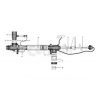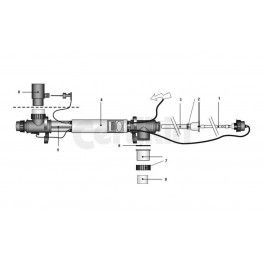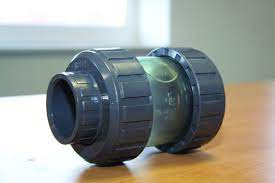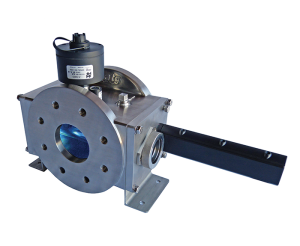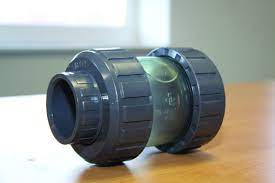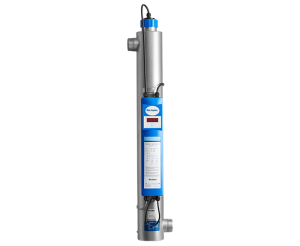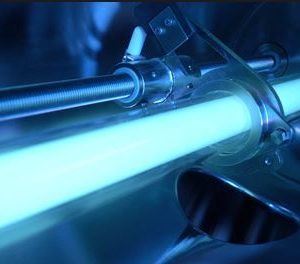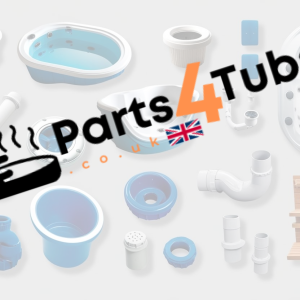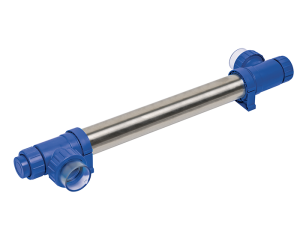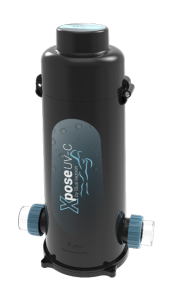SPBUV130EBT | Blue lagoon UV electronic ballst for 130W amalgam unit – no switch cam (2010-2015)
£726.20 Inc VAT
Blue Lagoon UV Electronic Ballast for 130W Amalgam Unit (2010-2015)
Product Overview
As a retailer of UV system replacement components, I’m featuring the SPBUV130EBT Blue Lagoon electronic ballast designed specifically for 130W amalgam units manufactured between 2010-2015. This specialized replacement ballast provides precise power control for amalgam lamp technology without switch cam functionality, ensuring optimal UV performance and extended lamp life in Blue Lagoon installations from this specific production period.
Specialized Amalgam Ballast Technology
The SPBUV130EBT electronic ballast delivers precise power management specifically engineered for 130W amalgam lamps in Blue Lagoon UV systems manufactured between 2010-2015. This specialized ballast provides optimal electrical control for amalgam lamp technology, ensuring consistent UV output and maximizing lamp efficiency with professional-grade electronic power regulation designed for this specific model range.
2010-2015 Model Compatibility
This electronic ballast features specific compatibility with Blue Lagoon UV models equipped with 130W amalgam lamps manufactured between 2010-2015, notably without switch cam functionality. The ballast provides exact power specifications required for optimal amalgam lamp performance during this production period, ensuring proper system operation and maintaining the advanced efficiency benefits of amalgam technology.
Technical Specifications
| Specification | Detail |
|---|---|
| SKU | SPBUV130EBT |
| Type | Electronic ballast |
| Lamp Compatibility | 130W amalgam units |
| System Compatibility | Blue Lagoon 2010-2015 models |
| Switch Cam | Not included |
| Technology | Electronic power control |
| Categories | Blue Lagoon UV Amalgam Timer System 130W – UVC131, UV Systems |
Electronic Ballast Benefits
This ballast provides optimal amalgam lamp performance, extended lamp life, precise power control, energy-efficient operation, maintained UV output consistency, and professional power management for continued superior amalgam UV system performance in 2010-2015 Blue Lagoon installations.
Professional Power Management
The ballast provides precise electronic control, amalgam-specific power regulation, optimal lamp efficiency, professional-grade construction, reliable power delivery, and maintained system performance for superior UV operation with Blue Lagoon amalgam technology from this specific period.
Period-Specific Electronic Design
Essential features include amalgam lamp compatibility, electronic power control, 2010-2015 Blue Lagoon compatibility, precise power regulation, energy-efficient operation, and professional ballast technology for optimal amalgam UV system maintenance in systems from this production period.
Applications
Ideal for 2010-2015 Blue Lagoon UV system maintenance, amalgam lamp power control, electronic ballast replacement, UV system servicing, professional maintenance operations, and comprehensive UV system care where specialized ballast technology is essential for maintaining optimal amalgam lamp performance in Blue Lagoon systems from this specific manufacturing period.
SKU: SPBUV130EBT Categories: Blue Lagoon UV Amalgam Timer System 130W – UVC131, UV Systems
| Supplier | 1D |
|---|
Related products
UV Systems
UV Systems
UV Systems
UV Systems
UV Systems
UV Systems

